What is a bird?
From observing birds we know that birds lay eggs, fly, and make nests. It is true that birds lay eggs but so does the alligator, fish, frog, and many other creatures. Yes, birds fly so beautifully but so does the butterfly, bat, and bee.Many other creatures make nests. Snakes, mice, and bees are just a few of them that make nests. So what makes a bird a bird? Birds have two wings and two feet. Birds are the only animals that have feathers. A bird does not have to be able to fly in order to be classified as a bird. Some birds fly, some run, and some even swim.
Drawing/Painting Birds:
I am not an artist so I am so thankful that there is Youtube out there. We just type in search: easy way to draw birds.
Observing Birds:
One of our absolute favorite activities is to observe birds and I love taking pictures of them. I have to admit that while I’m taking lots of pictures only a few of them will actually have a bird in them. They move so quickly which makes it that much more fun to capture. We always take binoculars with us on hikes and a sheet on local birds which we usually pick up from the visitor center. Birds are most active in the morning or in the evening so often times we go outside early in the morning to do some bird watching.
Nesting Birds:
Building nests begins during the spring time when the trees are covered in blossoms. Birds will build their nests in trees, bushes, barns, and even in mailboxes. Some birds build no nests at all and instead lay their eggs on the ground. A whippoorwill lays her eggs on the ground. Her eggs are the same color as the ground so they camouflage well. Birds will use sticks, twigs, feathers, dirt, and string in order to make their nests. In the picture below with my girls painting their is a ball full of sheep wool hanging from the black mirror. It is so simple to make. All you need is grape vine or twigs. Make it into a ball. Use a thin wire to tie into place and place wool inside. Then simply hang outside. Sheep wool is warm and perfect for bird nests.
We were blessed with an amazing complete, year-long nature curriculum called Explore Nature with Children which is written by Lynn Seddon. There are 48 weeks of themed and guided nature studies, four weeks for each month. It is organized by season. Each week has a themed nature walk, references to the Handbook of Nature Study, a themed book list, a poem, a piece of art work, and a list of activities that you could do with your children. The book is currently available as a PDF. The PDF download only costs $15.00. If you use the code HOMEGROWN you will get 20% discount. Discount expires September 15, 2016.
We worked on the nesting birds unit. At first we read about nesting birds. Then we read this weeks nature activity which recommended us to take walks and to look for nesting birds. Keeping a nature journal is also recommended. Then there was a long list of fiction, non-fiction, and biographies that we could choose from. Next we read the amazing poem for the week…The Brown Thrush by Lucy Larcom. The piece of art to enjoy was Still Life with Three Birds’ Nests by Van Gogh. This was so much fun. Then there was a list of extensive activities that we could do. *Make little bundles of plant materials, twigs, and yarn near bird feeders to help the birds find nesting materials easily. *Some birds use mud to make their nests. Make a small, wet, muddy place in your garden to help them. *Create a map in your nature journal of the locations of the different nests in your special nature spot or garden.
Bird Feathers and Hands on Learning Fun:
Now that we know that birds are the only animals that have feathers we decided to learn more about feathers. Feathers are made out of special material known as keratin. Keratin is strong and flexible. Nails, hair, reptiles’ scales and rhinos’ horns are made of keratin.
Kiddos organized the feathers that we have so that we could compare them. Then there was feather tickling and lots of bird singing happening. 🙂
Down Feathers: Are soft, short, and grow thick next to the skin.
Contour Feathers: Are long and grow out over the down feathers. They give a bird its shape and color. Most of the feathers we see are these.
Flight Feathers: Are stiff, long, and grow on the wings and tail.
Birds feathers keep birds warm:
Try this: Get a freezer pack and let your child hold it. Then place feathers and now hold the freezer pack with feathers inside your palm and then place the freezer pack. Do you feel the difference?
Feathers help keep birds dry in the rain. Grab a feather and put a drop of water on it. The drop of water will slide right off.
We also identified the parts of a bird as well as the parts of a feather.
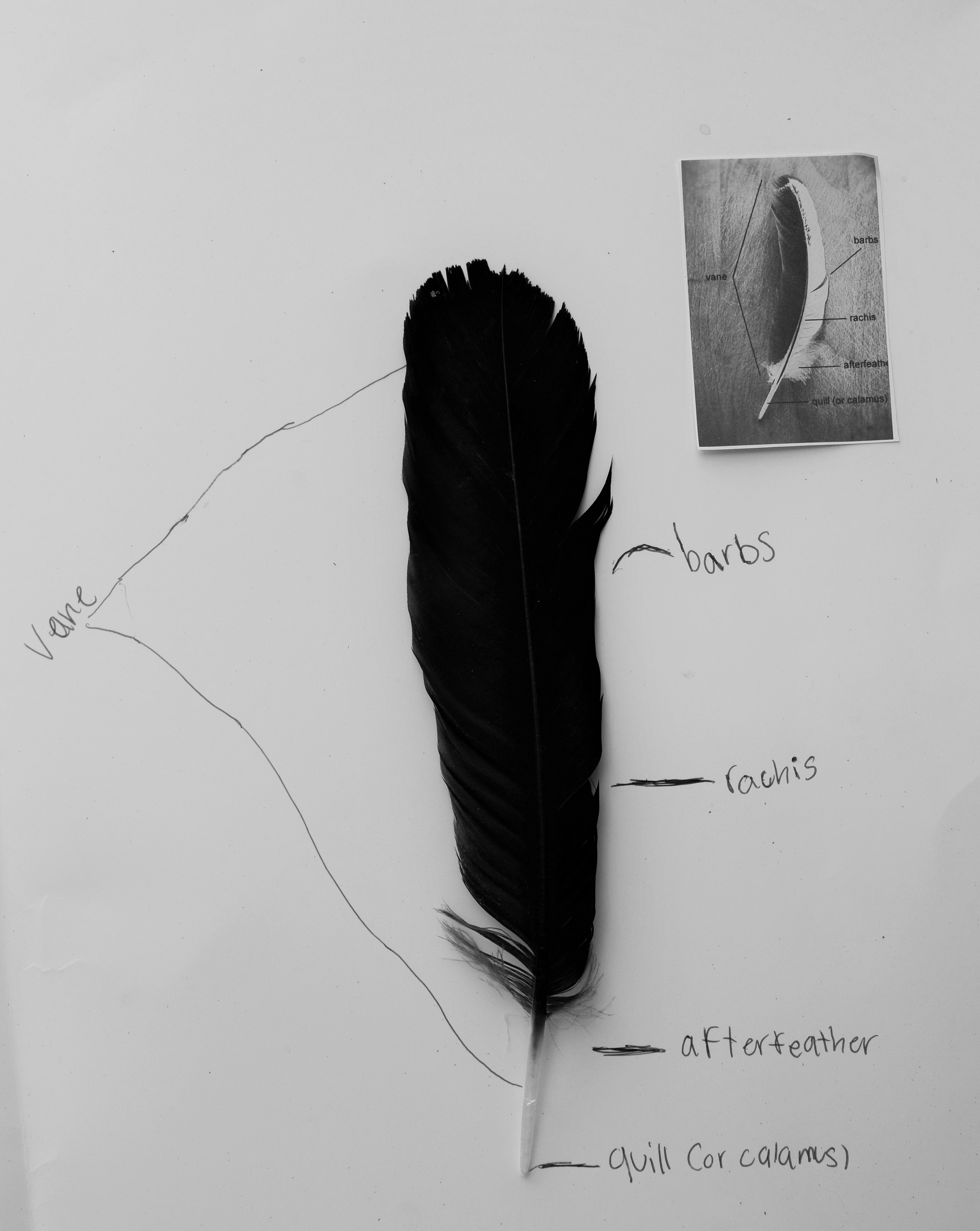
Groovy Lab in a Box: For the Birds
We were blessed with this amazing box. Everything you need to learn about what type of food birds eat is in this kit. We made 4 different feeders and learned how the shape and size of the beak of the bird affects the types of bird feeders they can enjoy or are not able to enjoy. Then we did some bobbing for seeds. You can order your Groovy Lab box here.
Bobbing for Seeds? Give me a beak…
This was lots of fun. The food which was provided was mealworms (dried), sunflower kernels, thistle seed, millet, and raisins. The tools provided (represented bird beaks) were a compostable spoon, compostable fork, and bamboo chopsticks. The plate represented the feeding ground and the cup represented the birds stomach. The object of the game was to see how many different food items you could pick up in 30 seconds. We recorded the amount, type, and which tool was used.
Investigating: 3D Bird Feeder
It was so neat to see that we could turn the box into a bird feeder. We cut out the tree on the box and then traced another tree. We used sunflower butter which was provided and sprinkled different bird food onto it.
Investigate: Porch Swing Feeder
The pictures and steps provided made this hard to make feeder easy. Elizabeth is so good at taking her time and perfecting something is what she is good at. Isn’t it beautiful?
California Raptor Center:
This is hands down one of the best rescue center we have ever seen. What we loved the most was their hands on learning room. In this room you can learn all about raptors anatomy, behavior, life cycle, and more. We went on a self-guided tour and were able to see around 35 resident raptors. Each of these birds had their own personalities and some with disabilities. Rescue centers are bitter sweet because it is sad to see such magnificent bids sit in cages but the harsh reality is that majority would not make it in the wild. Who can beat free admission? Donations are greatly appreciated. You can spend as much time as you would like observing and learning about these fascinating birds.
They are open Monday-Fridays 9am-4pm and Saturdays 9am until 12pm.
They are located at 1340 Equine Lane, UC Davis

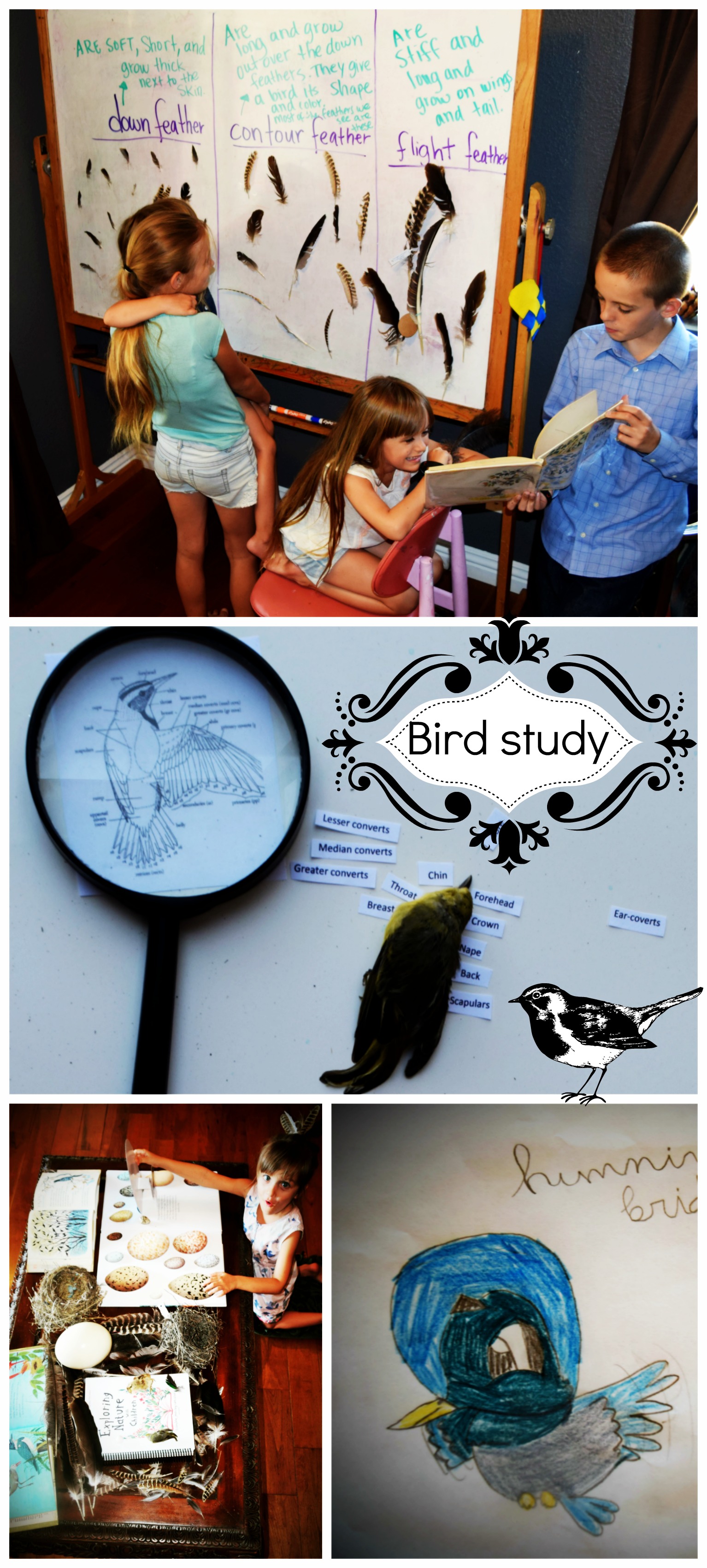
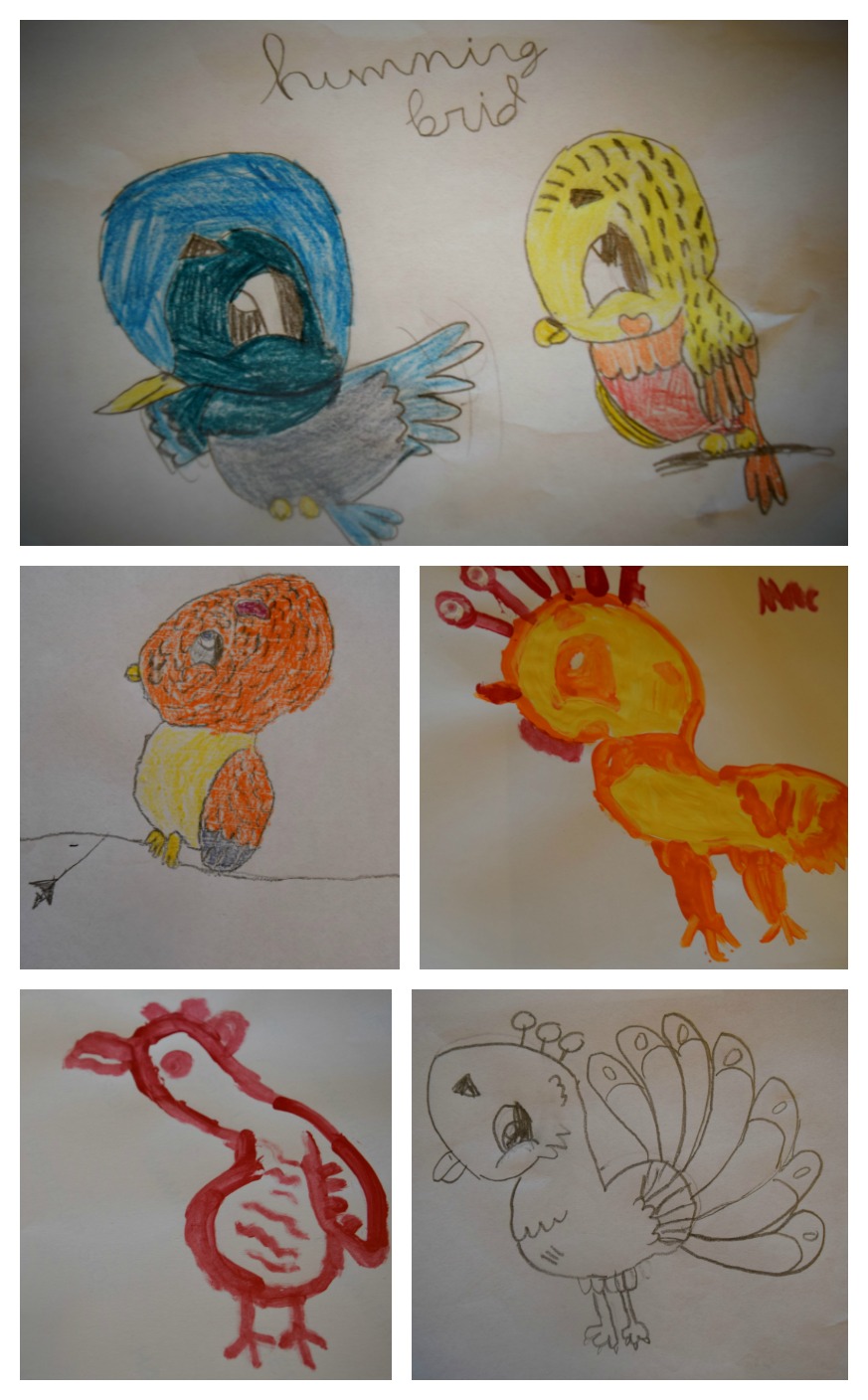

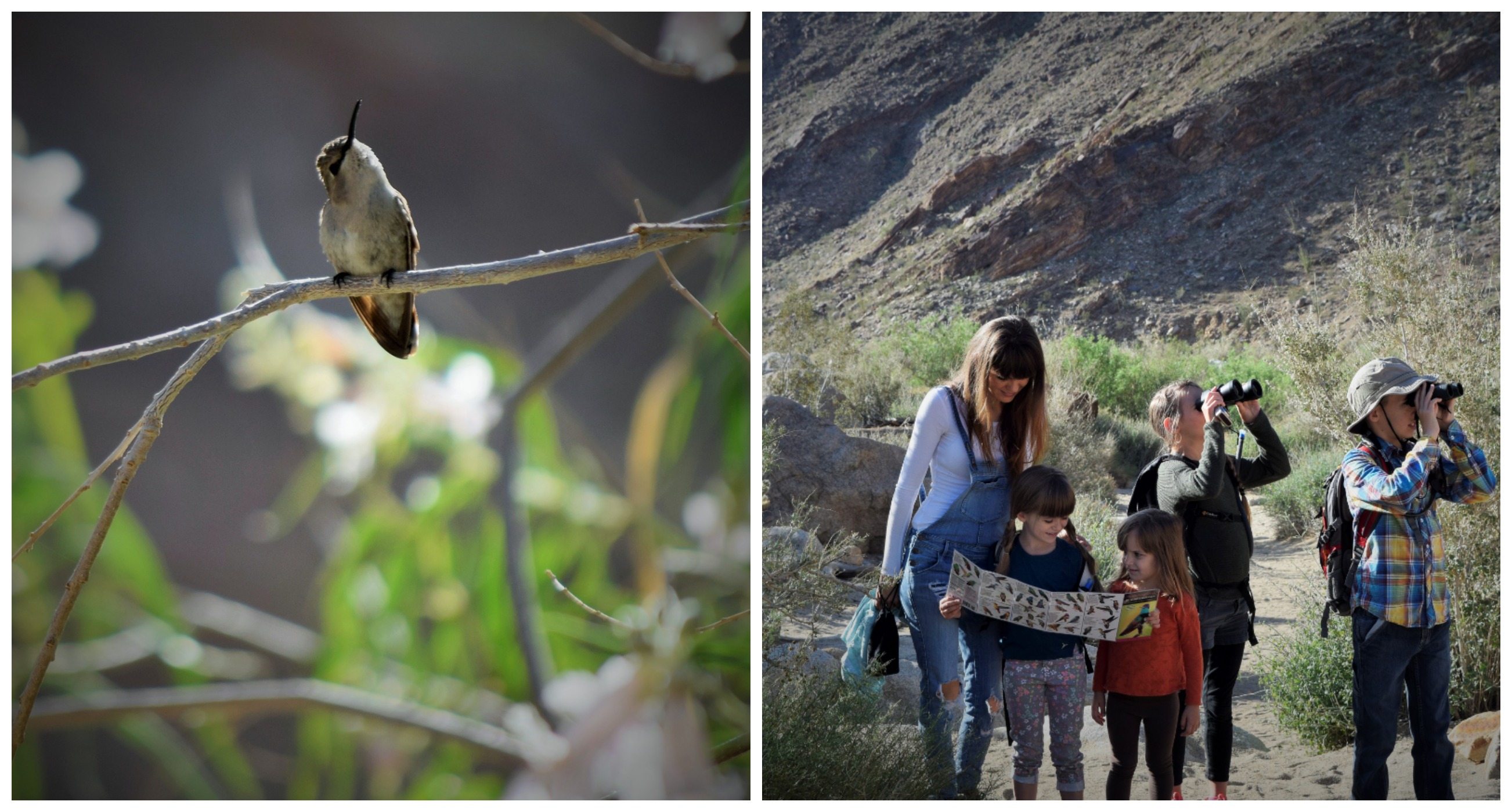
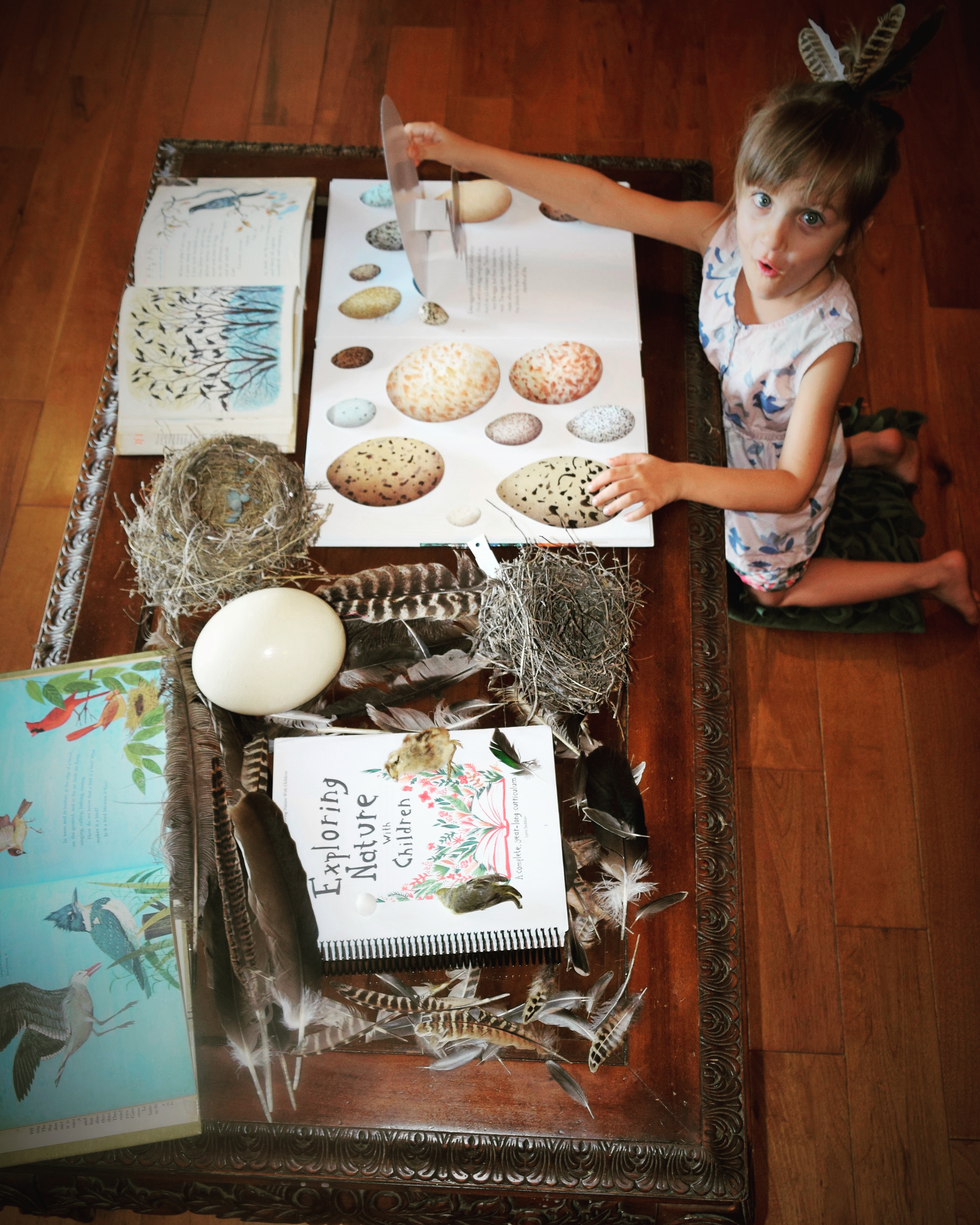
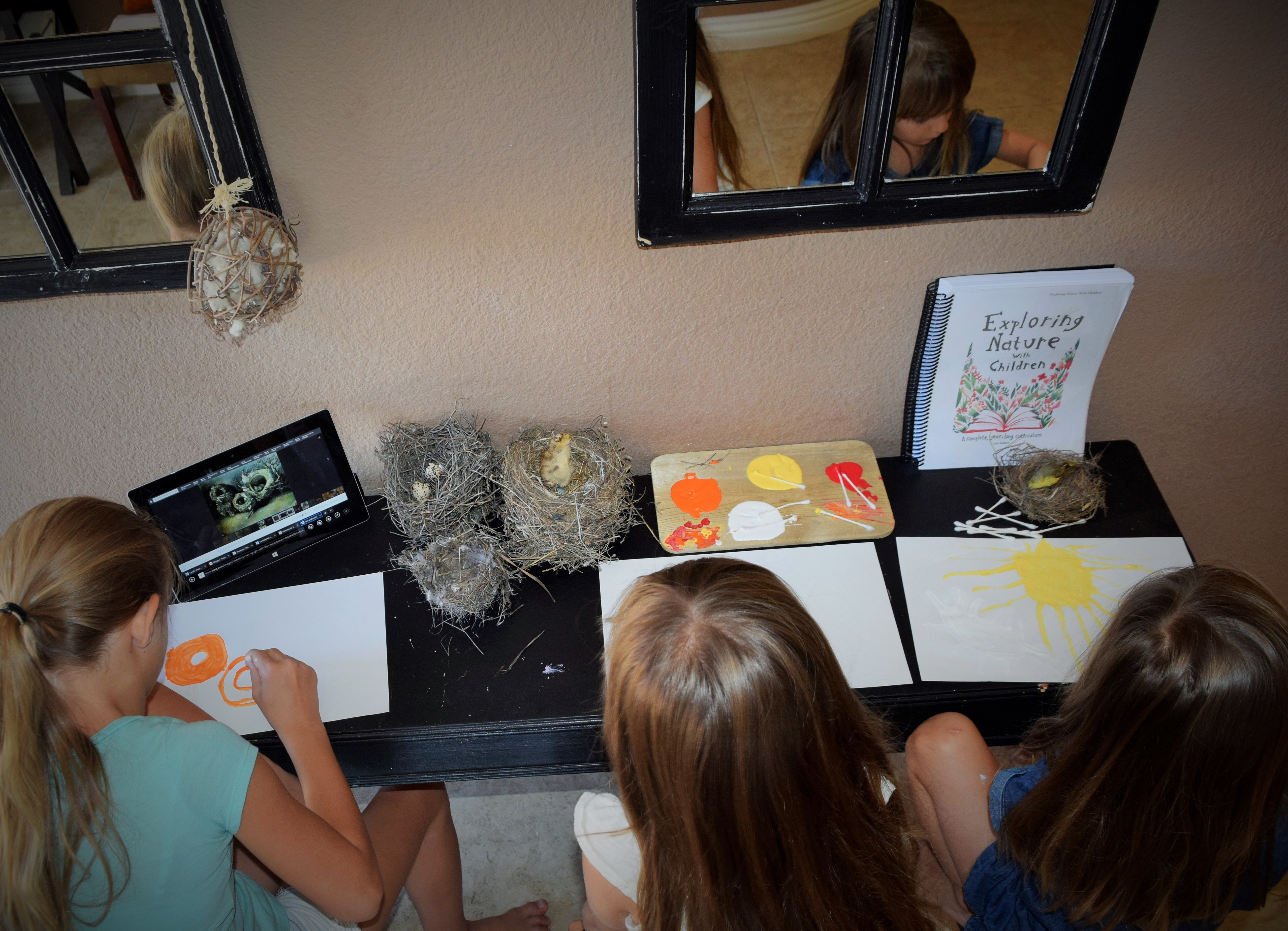
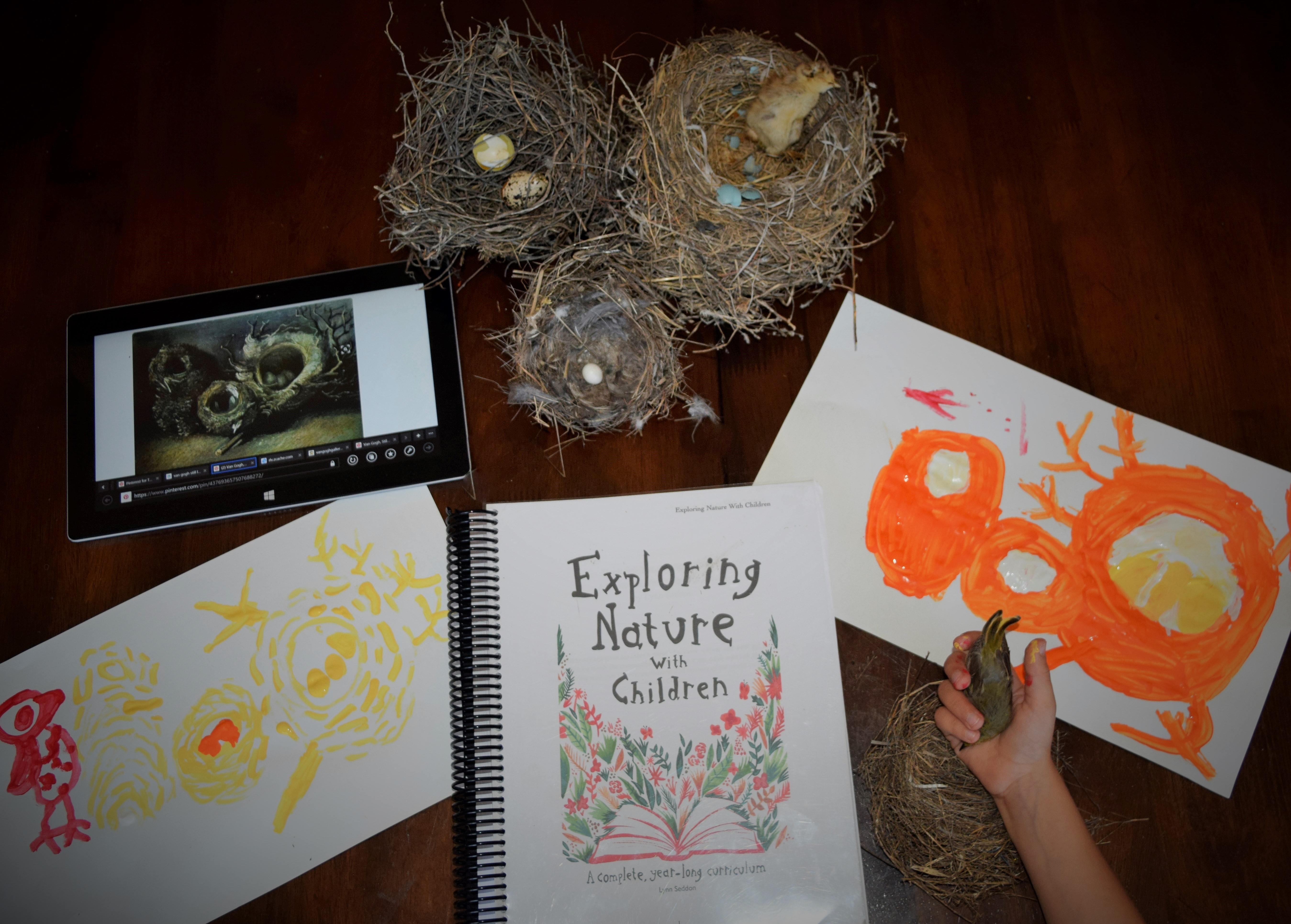

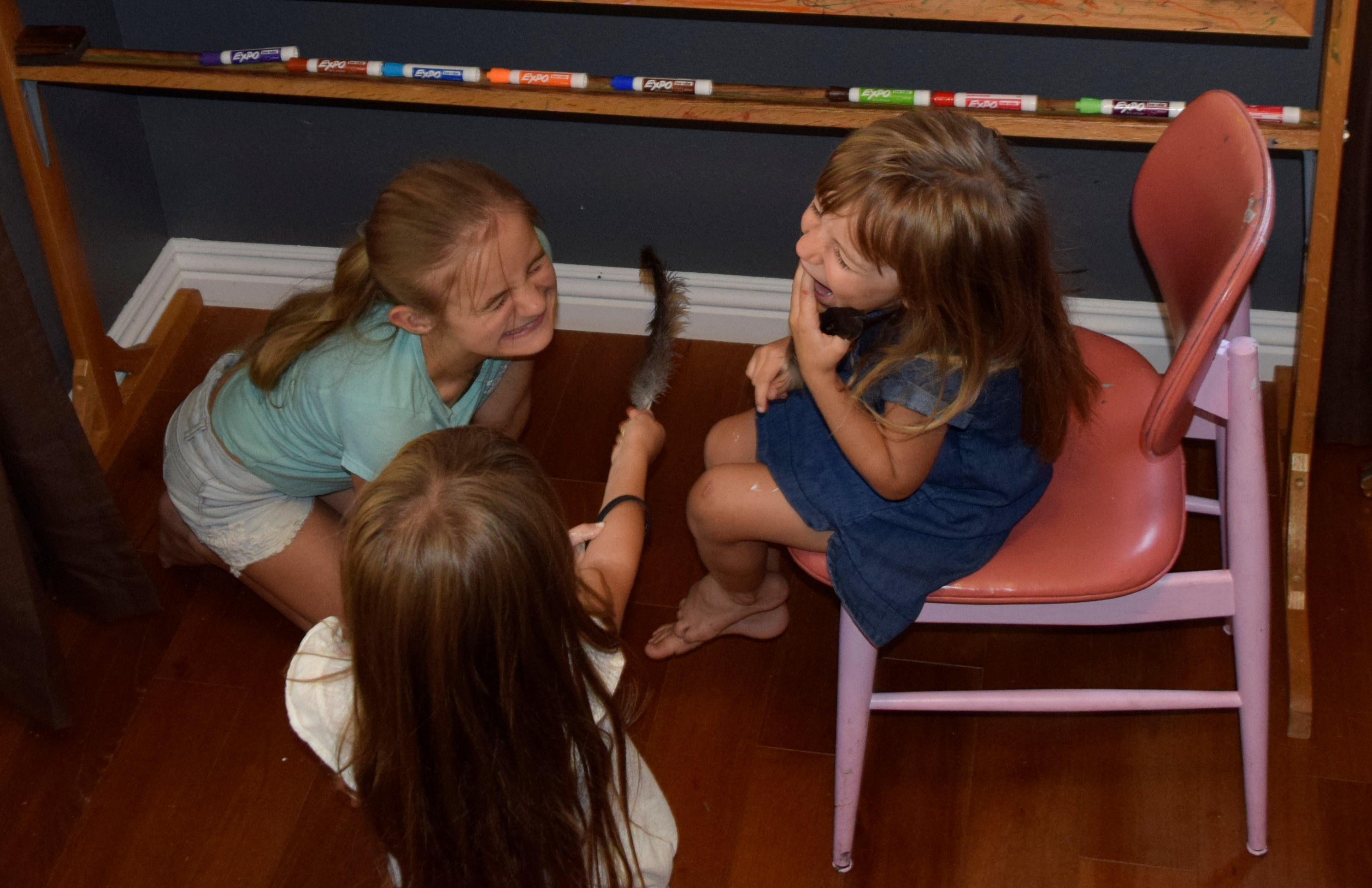
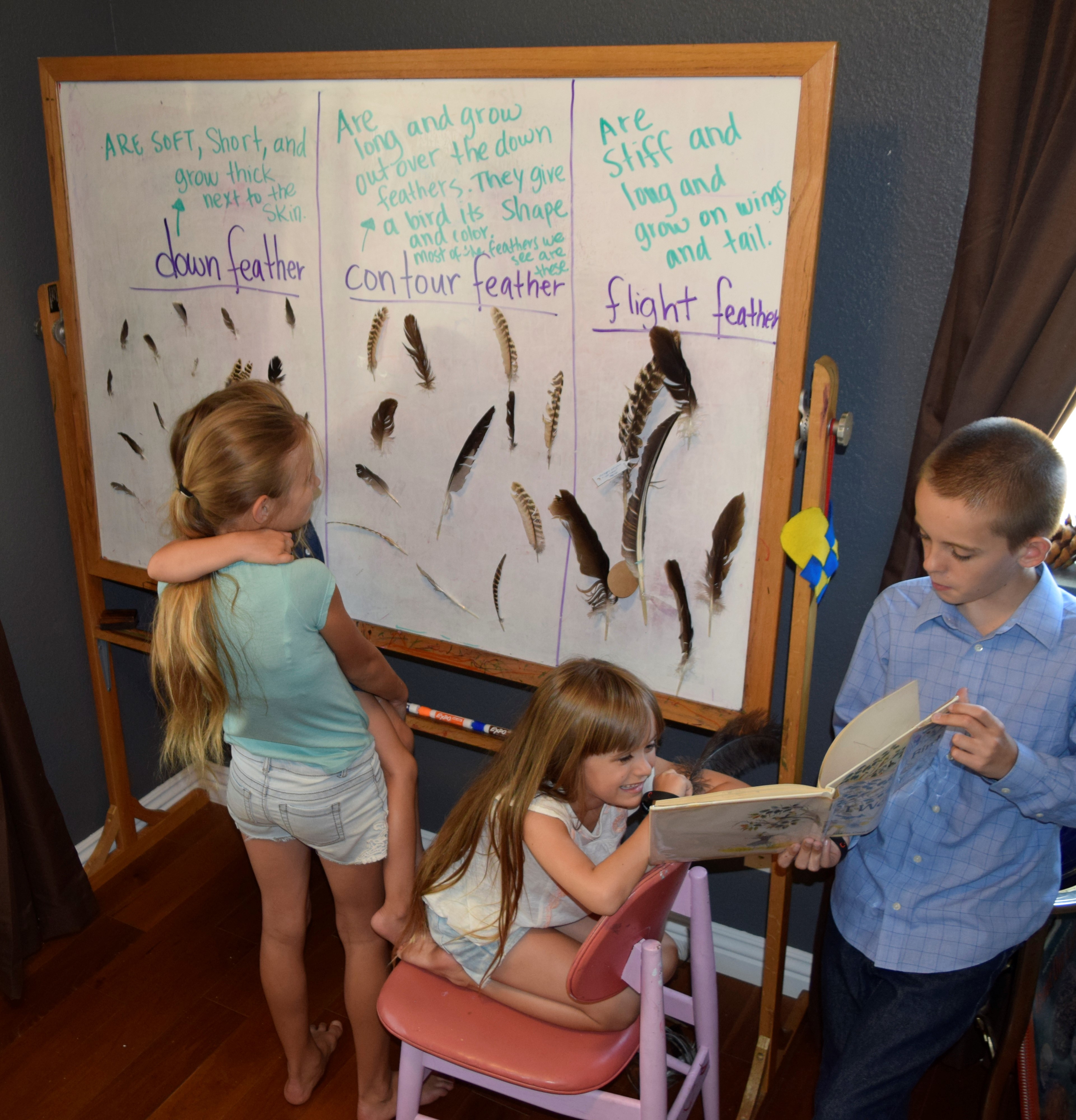
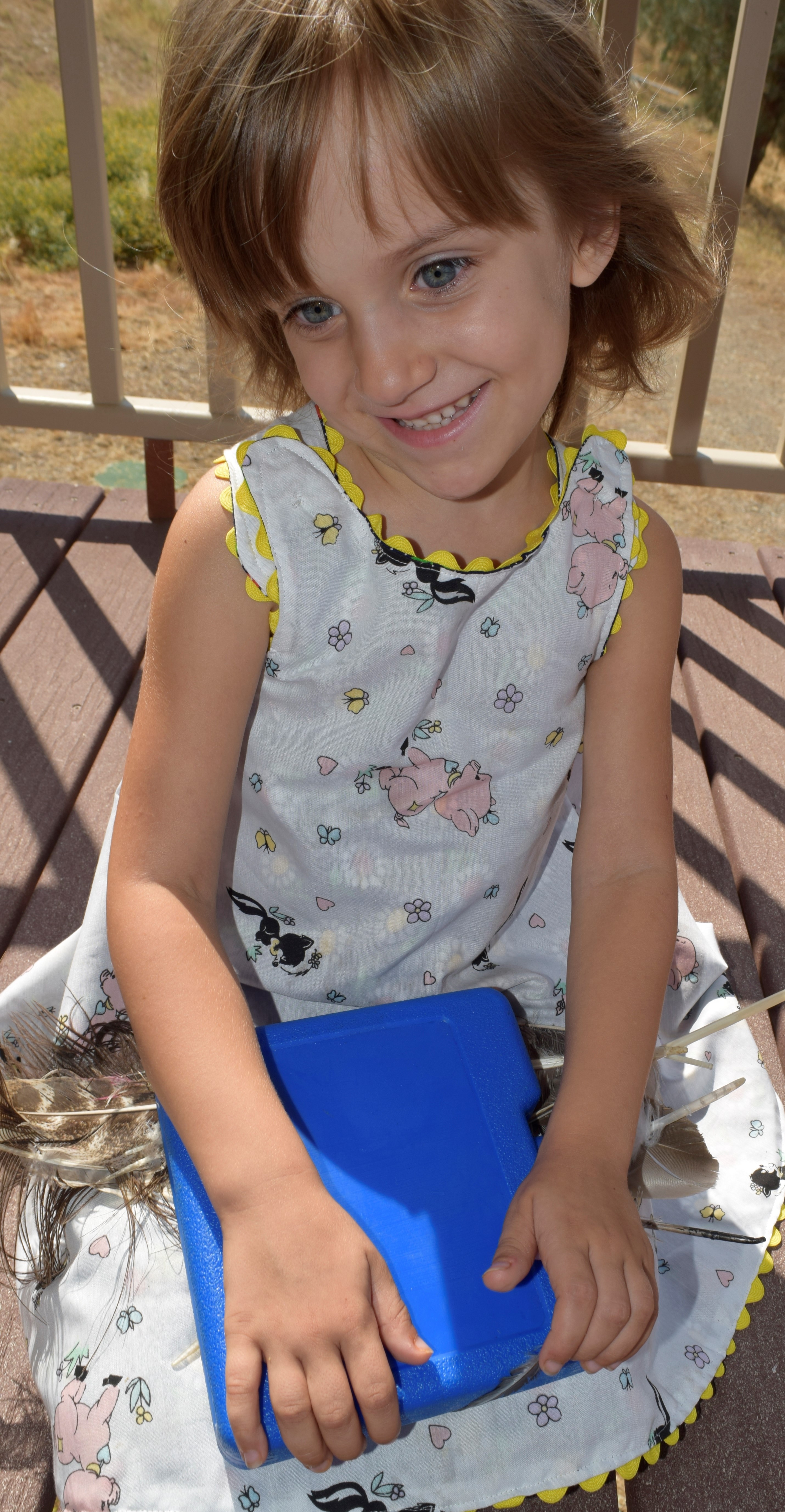
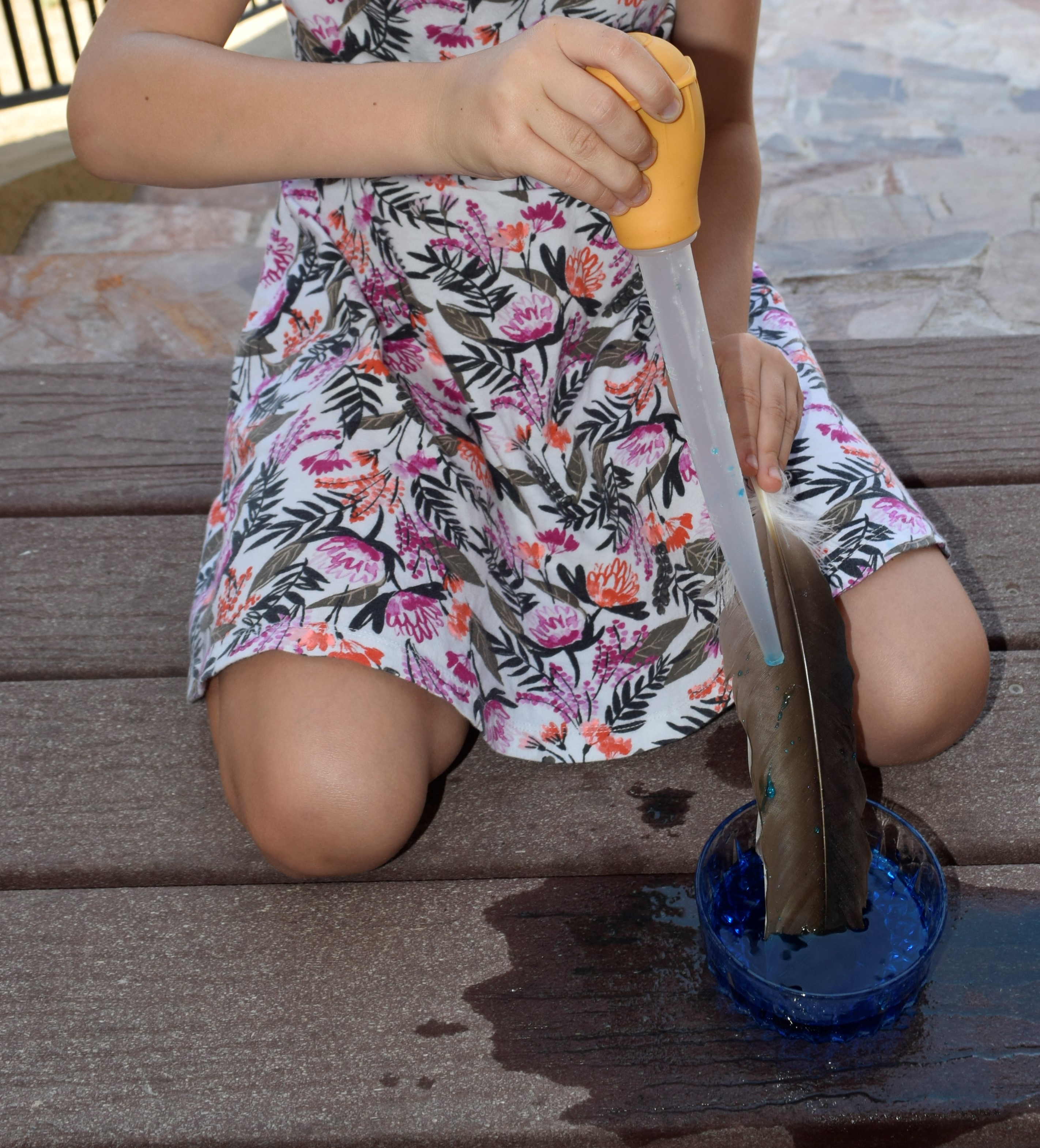
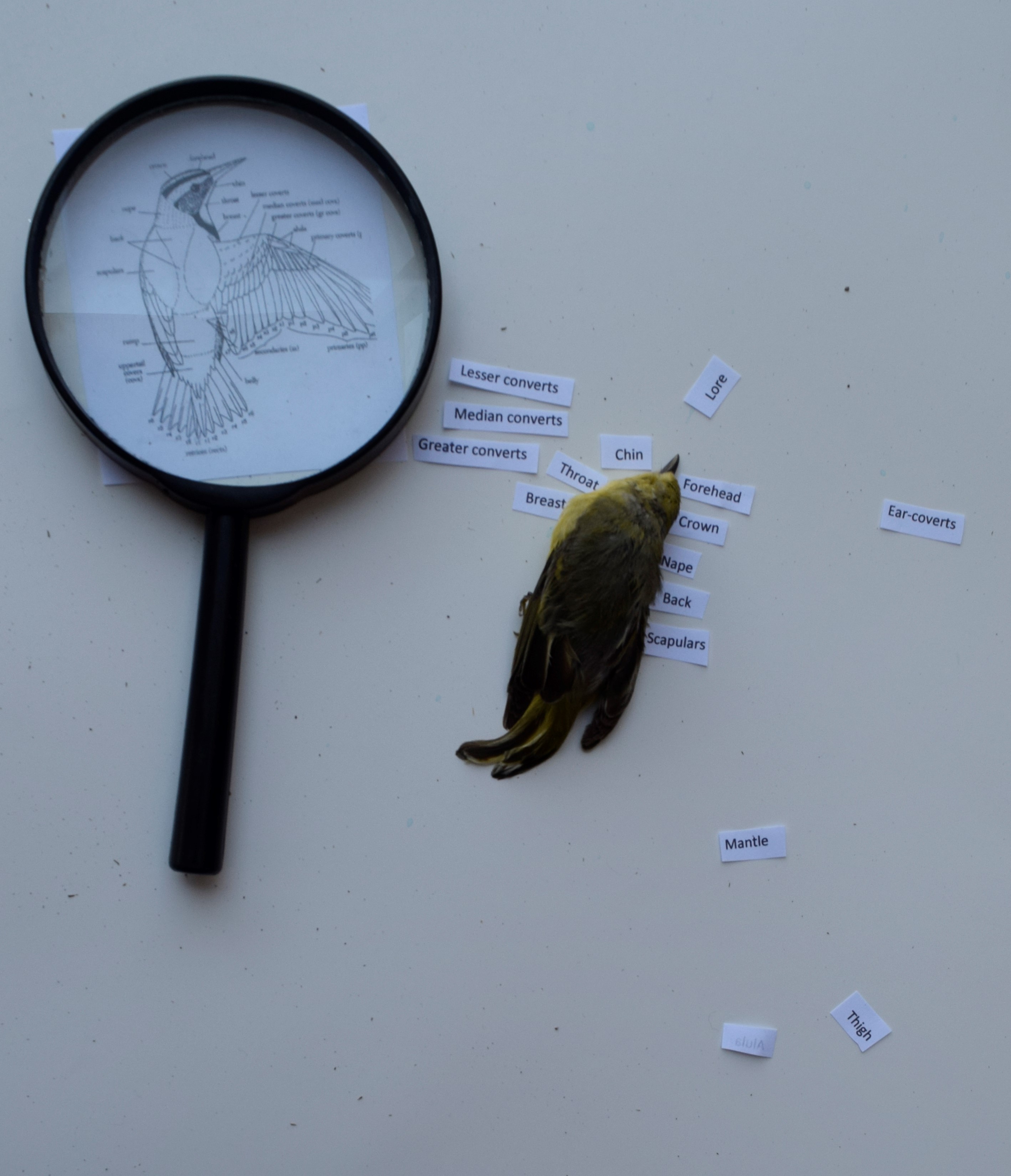
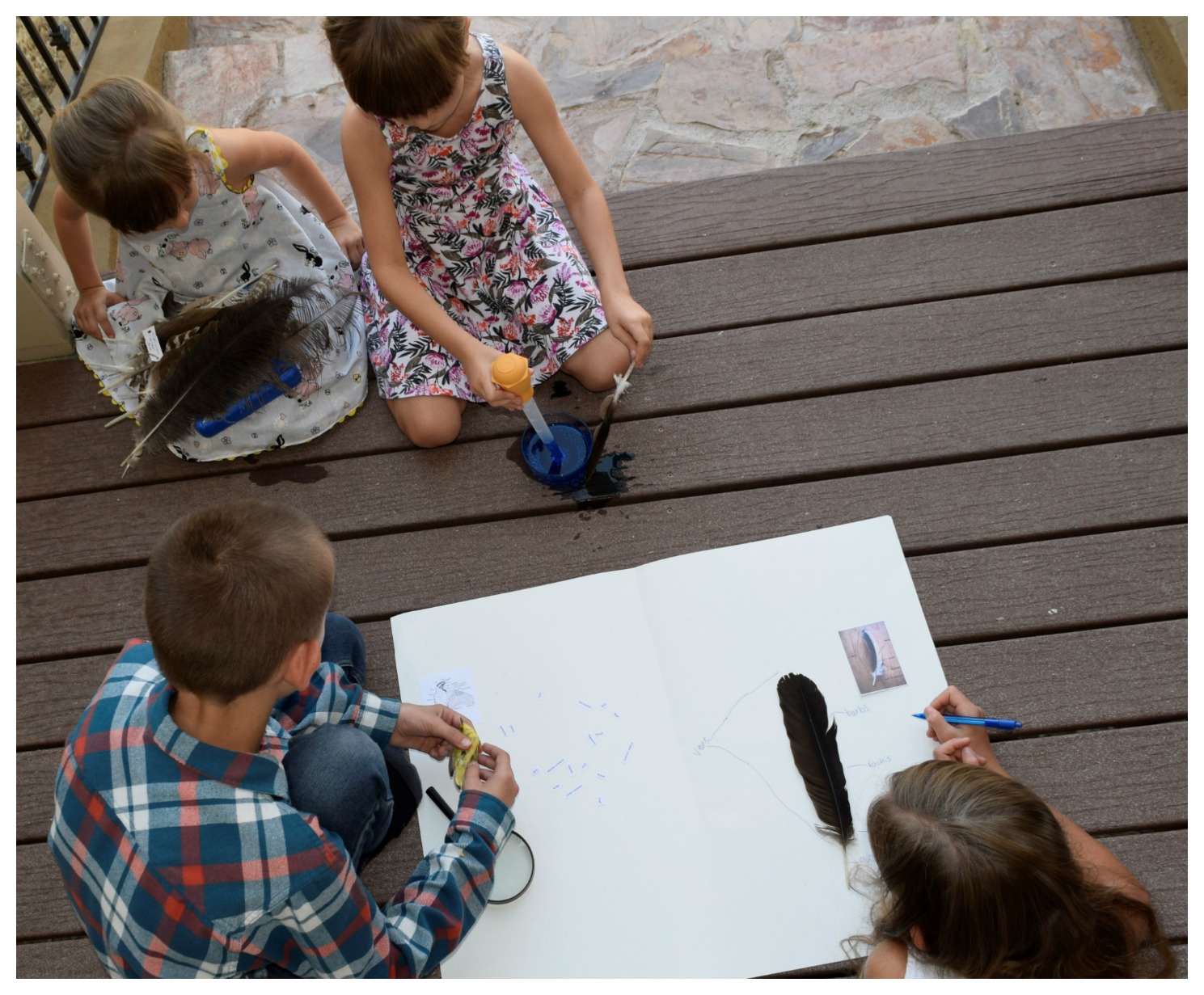
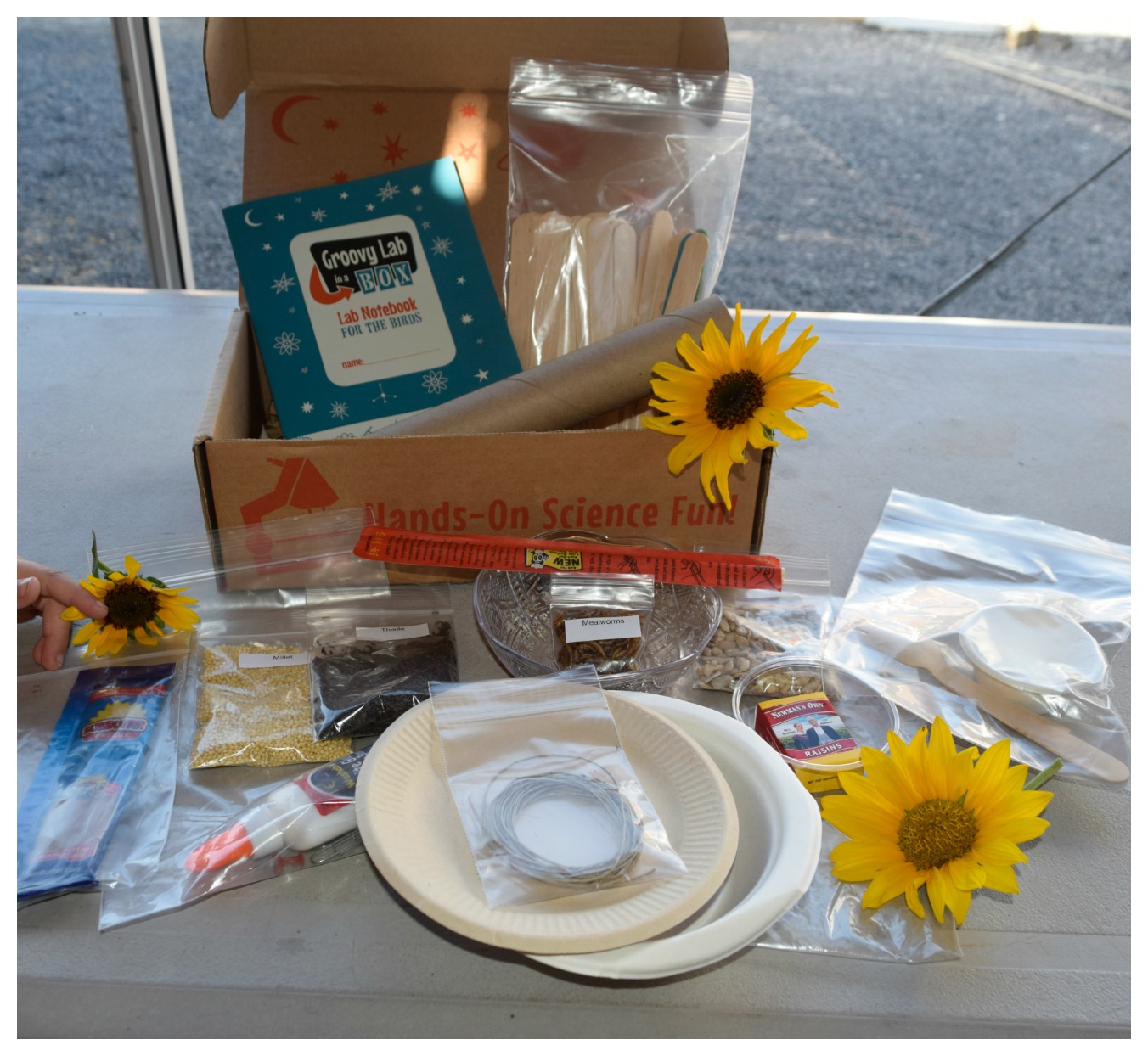




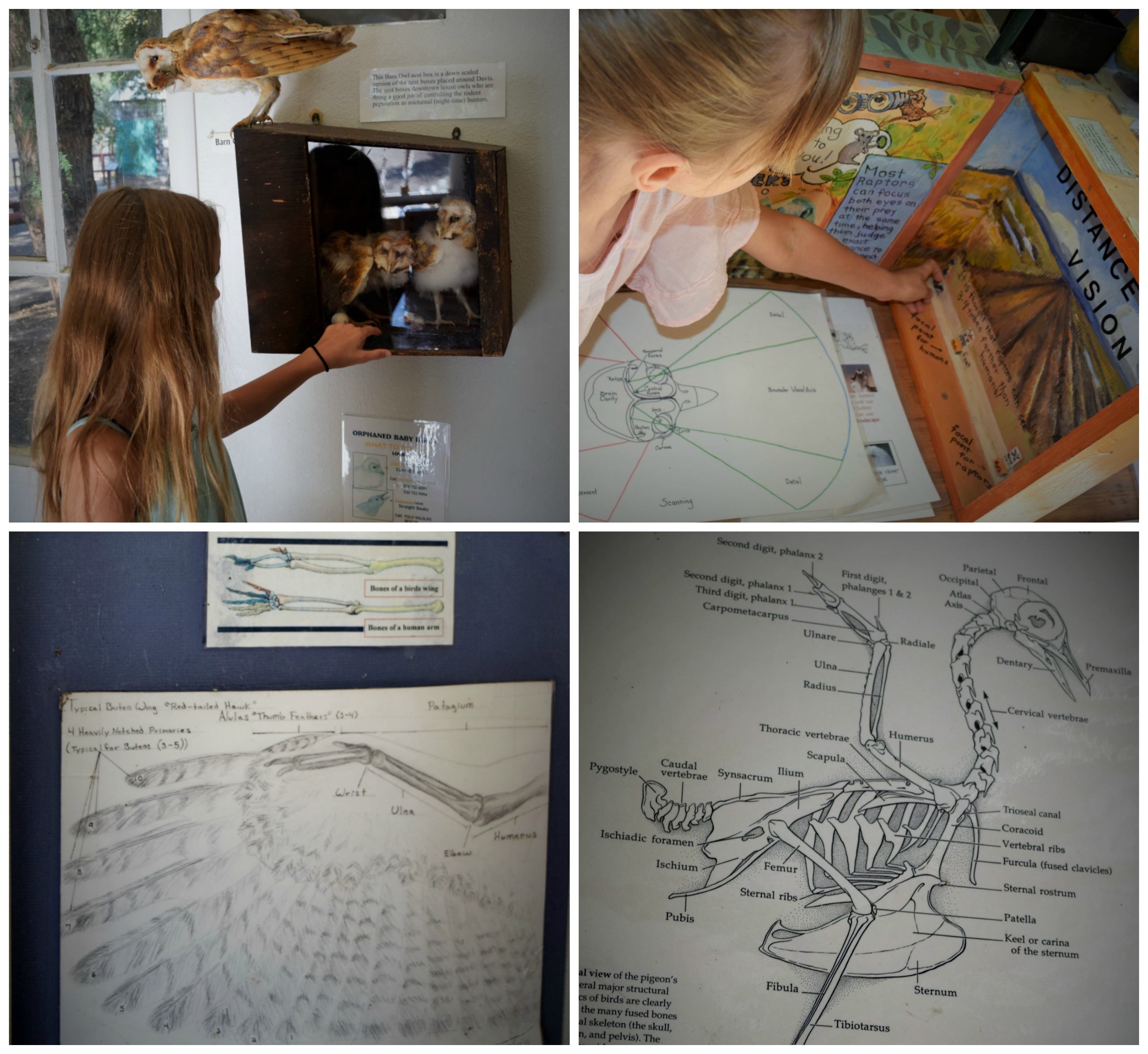
Lynn
What beautiful sketches from your wee ones 🙂
Nicole
What a super fun bird learning unit!! As usual the many hands on learning ideas you provide for your kids are phenomenal. When they graduate they will be so amazingly smart and LOVE to learn! I am with you on the drawing part, I am terrible at drawing which is where Pinterest drawing ideas and YouTube really come in handy. I really love the different bird feeders that the kids made we have made a few DIY bird feeders before but the ones you guys made were so creative. We love to explore the local bird rescue center when studying about birds it gives the kids such a great close up into different birds. We also use a local bird guide that came laminated, it is great to use and the kids can cross it off as they see each of the birds and we can reuse it again. Pinning your post to use later when we get to our bird unit, thanks for sharing all the great ideas!!
Marisa Boonstra
Wow, what an awesome study! Your kids look like they’re having a blast learning all about birds. I usually don’t get fired up about nature studies, but I’d be excited to do one this way! Thanks for sharing all your ideas. 🙂
Megan Lowry
this is great! glad i found your blog.